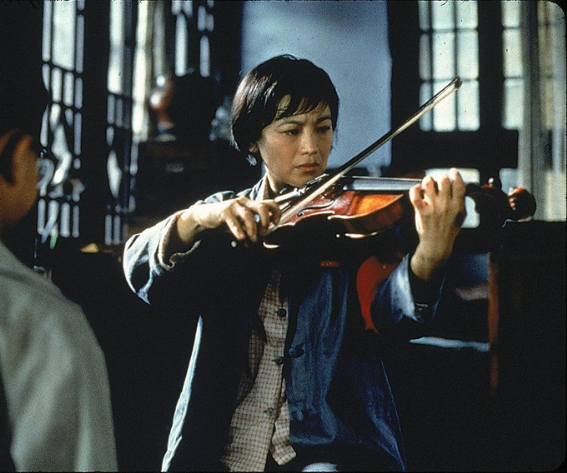Whether you’re helming a micro-budget short or shepherding a feature-length passion project, one thing is true of all of filmmaking: great performances are the key to great movies. As a director, your ability to work with actors — from casting to the final close-up — can make or break your film. Knowing how to spot talent, communicate effectively, and create a space where actors can thrive is a skill just as vital as framing a shot or editing a scene.
In this guide, we’ll walk through the key phases of working with actors like a pro — from casting calls to capturing powerful performances on set.
The Art of the Casting Call
It starts with casting. An amazing actor does not only play a look or sound — he or she embodies emotion, honesty, and profundity for the character. In your job as casting lead or director, you are looking not only to spot who can fill the slot, but who fills the character.
1. Be Explicit in Your Casting Breakdown
Your casting call should indicate unambiguously whom you want. Ensure to provide:
-
Character name and age range
-
Brief personality description
-
Required skills (accents, physical demands, etc.)
-
Shooting dates and location
-
Compensation details
Clearness brings the right talent in and respects the actor’s time. It also keeps inappropriate candidates out from the start.
2. Look Beyond the Resume
Experience is valuable, but don’t be hasty to give a pass to newer actors. Sometimes the best, most honest performances are delivered by those who haven’t been over-coached or stereotyped. In auditions, seek presence, emotional truth, and flexibility — these usually win out over a lengthy list of IMDb credits.
3. Provide a Comfortable Audition Space
Auditions are intimidating to actors, so make it easy for them to shine. Pre-prepare sides (script reading) and give time for a brief read-through, be kind and warm, and acknowledge actors’ needs for control and playfulness. Some of the best performances take place when actors sense that they are given leeway to risk-taking creatively.
Rehearsals: Where Trust Is Built
After casting your film, rehearsals are the ideal time to establish chemistry and delve into character richness. Consider this phase a lab of creativity — a low-stakes setting where questions, intuition, and discoveries are encouraged.
1. Don’t Just Read — Play
Rehearsals are not just about running lines. Get actors up and moving. Experiment with improvisation. Discover backstories. These exercises not only solidify performances but also encourage richer connections among cast members.
2. Create a Shared Language
Each actor works differently. Some need direction; others like to develop their rhythm naturally. As a director, it’s your responsibility to understand how each actor works and adapt your style accordingly. Use references, feelings, or images that connect with them.
3. Build Trust, Not Fear
Rehearsals aren’t critiquing — they’re collaboration. Be supportive. Make actors feel as if you’re on their side. The more comfortable they feel in their workplace, the more they’ll be willing to make emotional choices that elevate the scene.
On Set: Getting the Close-Up
When you’re actually rolling camera, your actors should be comfortable already. Now it’s about capturing the right energy on set to bring scenes to life.
1. Set the Tone
You are the master of the ship. If you’re calm and centered, so will your cast and crew be. A tight or panicky vibe will smother creativity and morale. Establish a relaxed but active space in which actors feel noticed and heard.
2. Give Clear, Actionable Direction
Instead of vague directions like “Do it again, but better,” write specific notes. Try: “Play this time as if the character has a secret” or “What would be the effect if you stalled right before the reveal and built some tension?” Clarity produces improvement.
3. Be Prepared for Improvisation
A few of the greatest scenes ever in film history came about as a result of improvisation. Keep yourself open to surprises by your actors. You don’t necessarily have to include all the ideas, but keeping some room for spontaneity for yourself keeps performances alive and fresh.
Balancing Creative Vision and Collaboration
Working with actors is a balance of vision and flexibility. Yeah, you have a story to tell, but actors possess their own instincts and methodologies. Where collaboration replaces control, magic appears.
Have faith in the process. You may discover that a supporting actor you barely considered is made unforgettable by an acting choice. Or a scene you pictured in a particular way is enhanced even further by their choices.
Last Thoughts: The Actor-Director Relationship
At its core, working with actors is about connection — human connection. You’re on either side of the camera or wedged in the edit room staring at the dailies, but don’t ever forget that every performance starts with vulnerability. Honors that. Nurture it. And respects it by giving actors space to bring your characters to life with truth.
And as with filmmaking itself, working with actors gets better with age, experience, and practice. Keep doing it, keep sharing, and don’t be afraid to take some risks.









Leave a reply